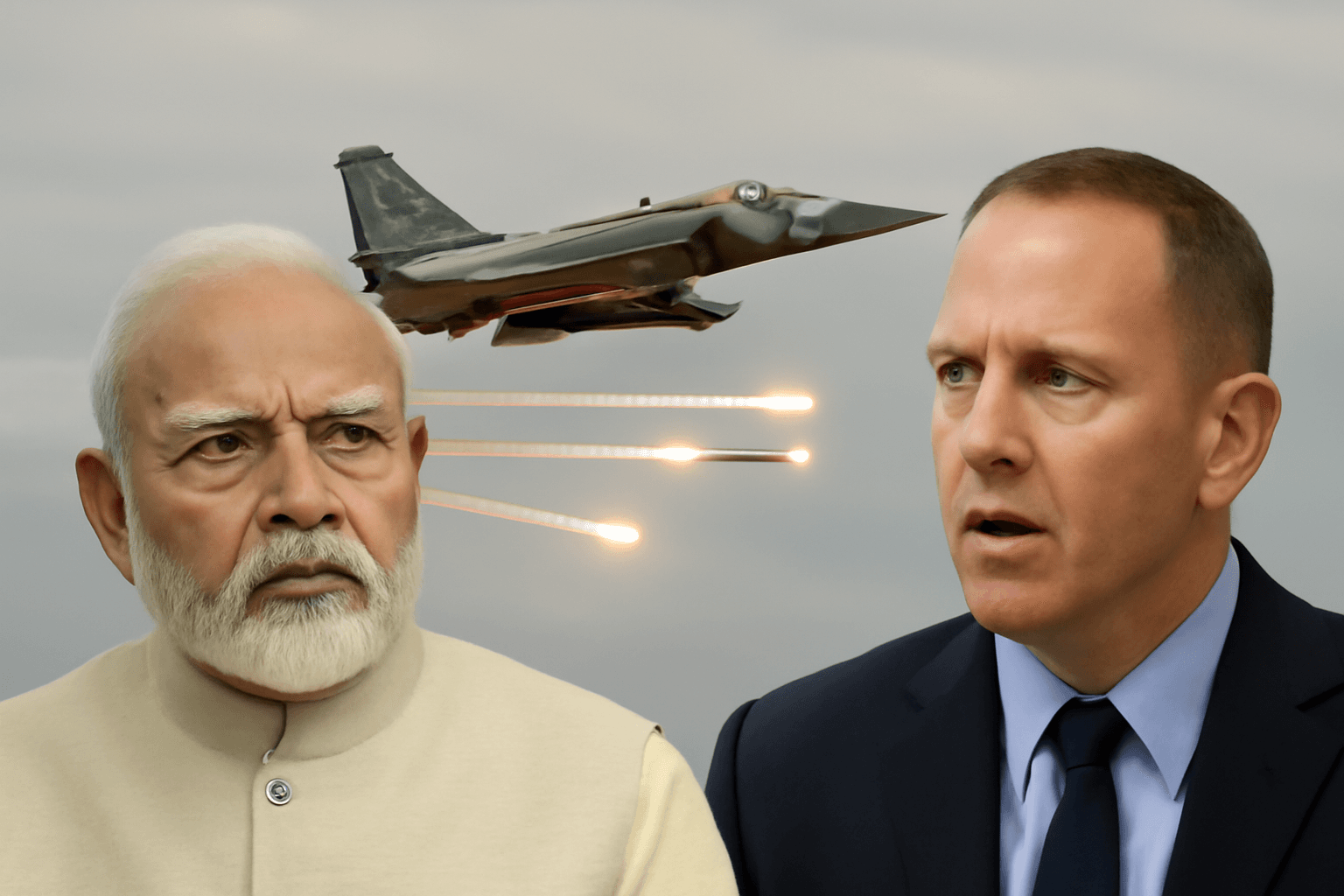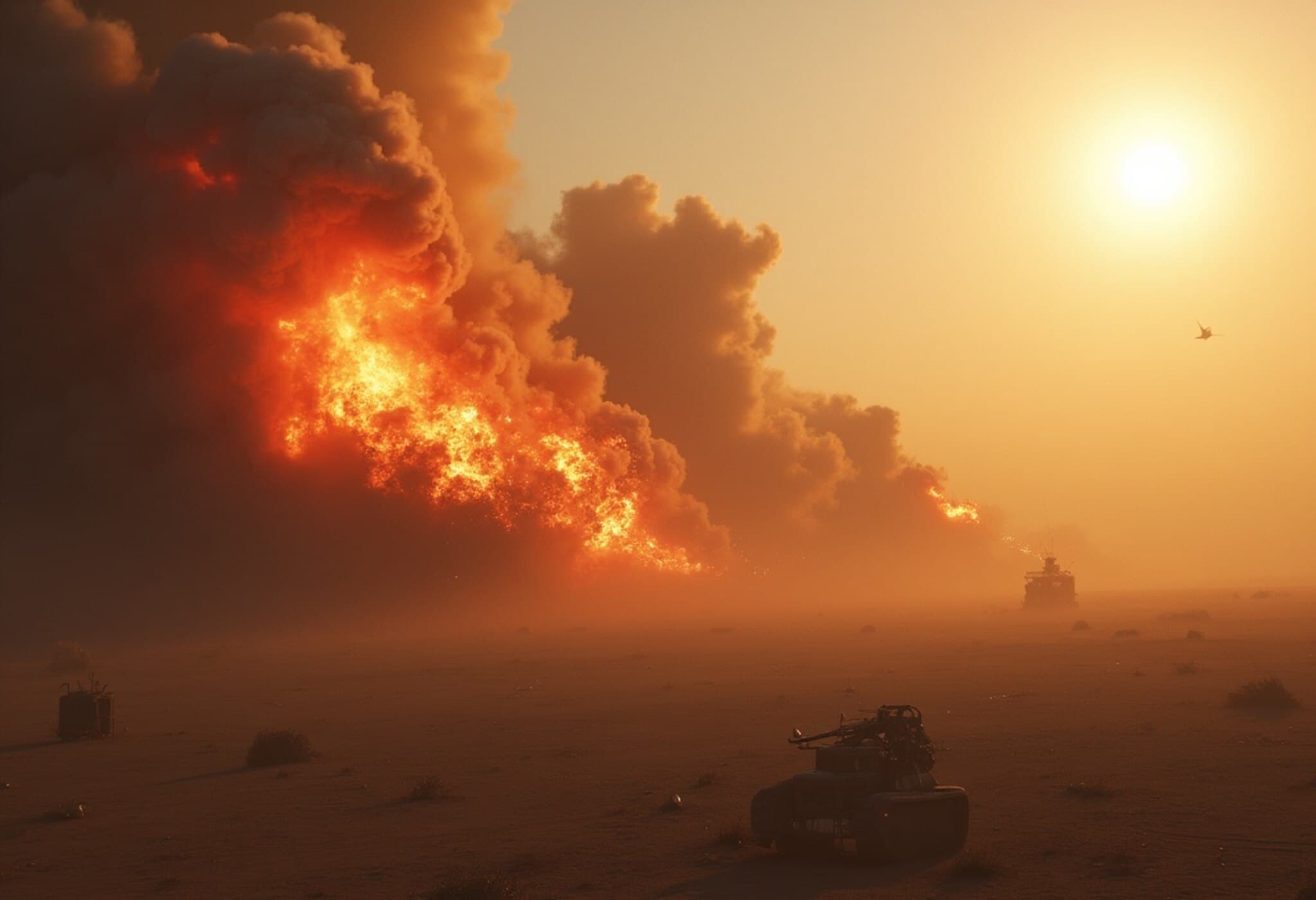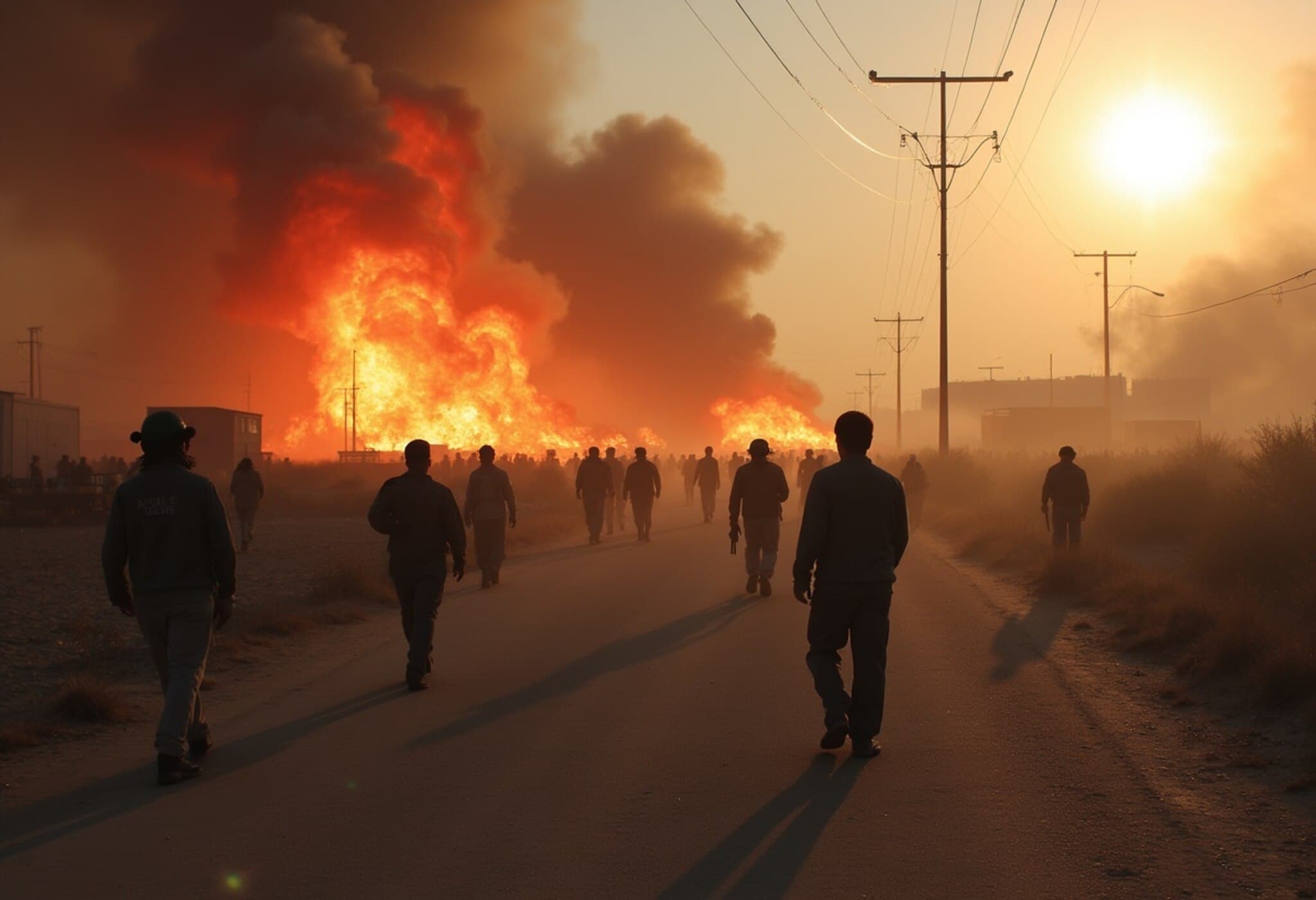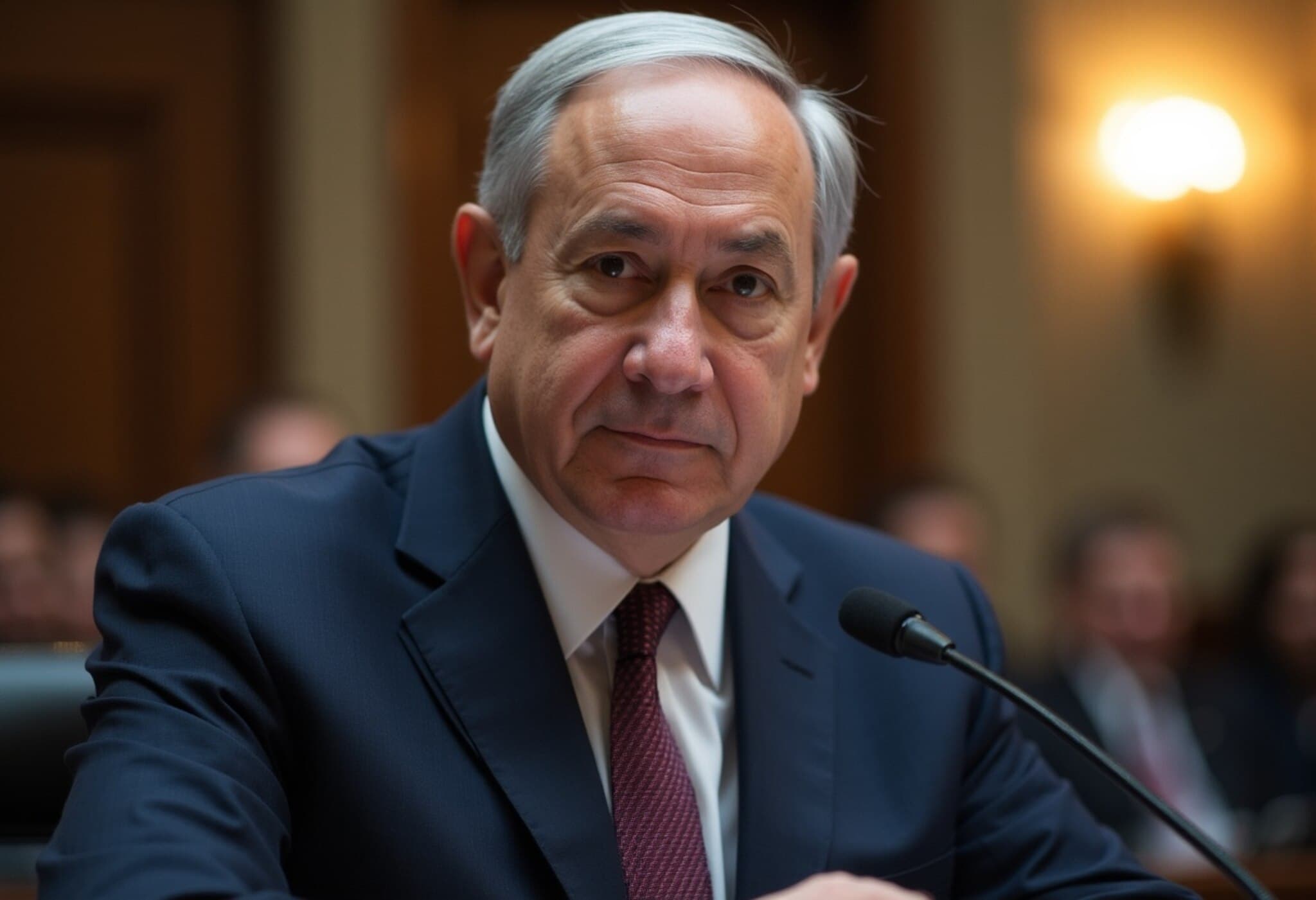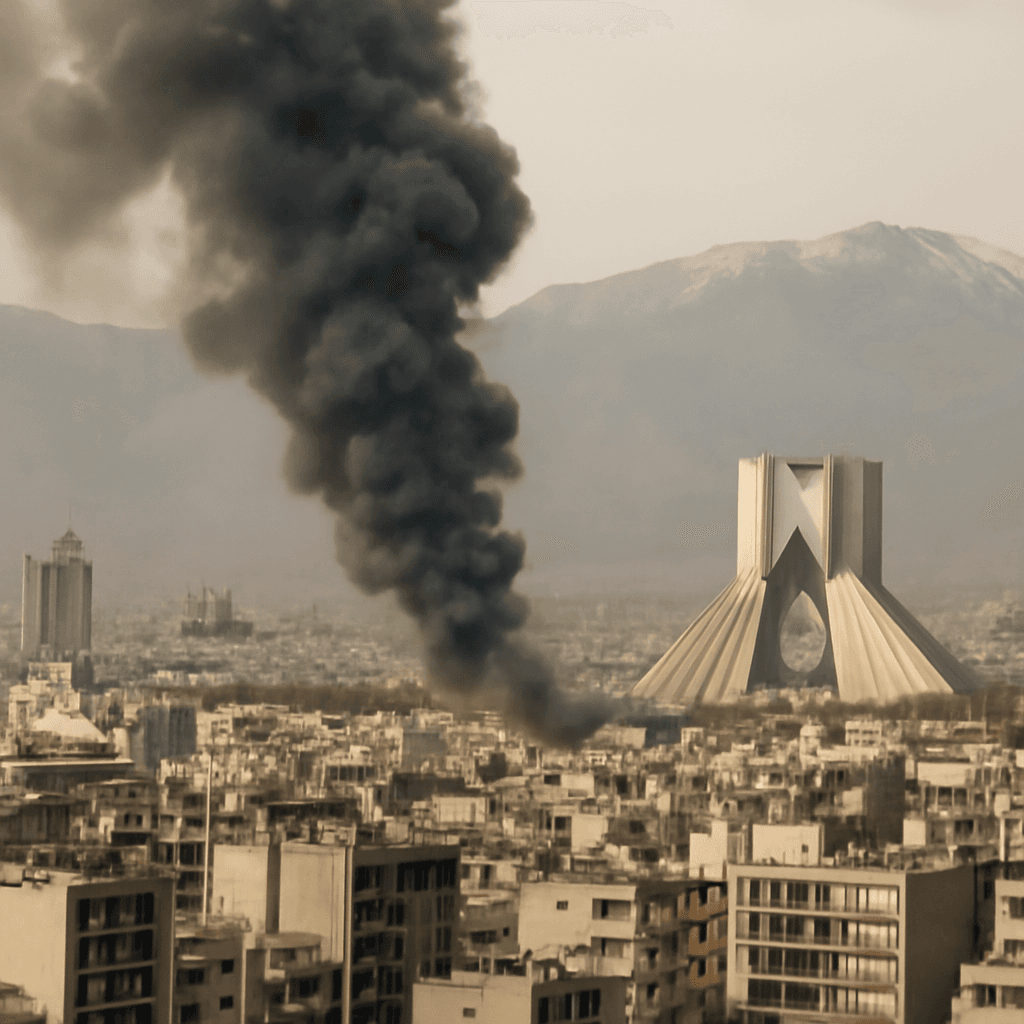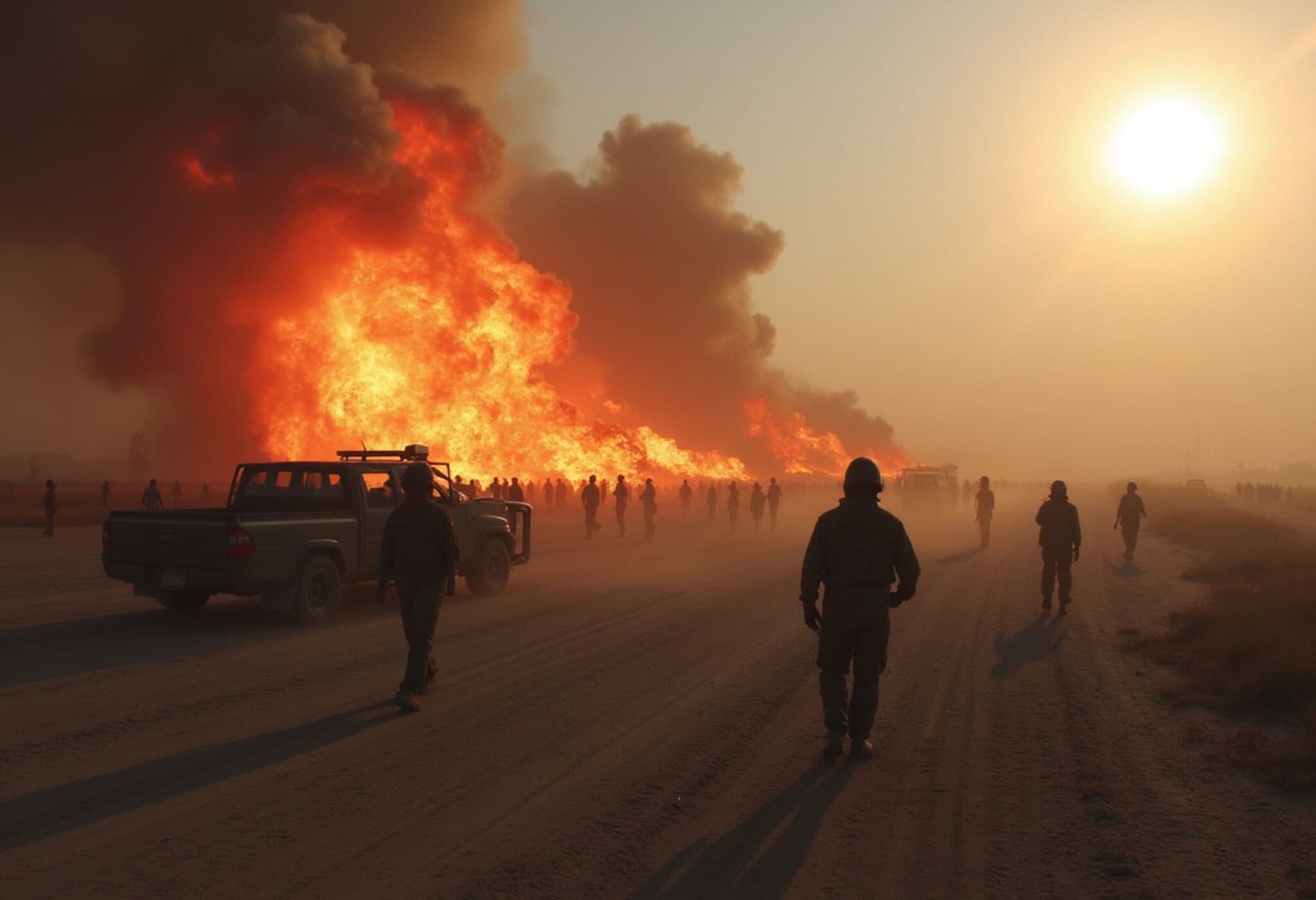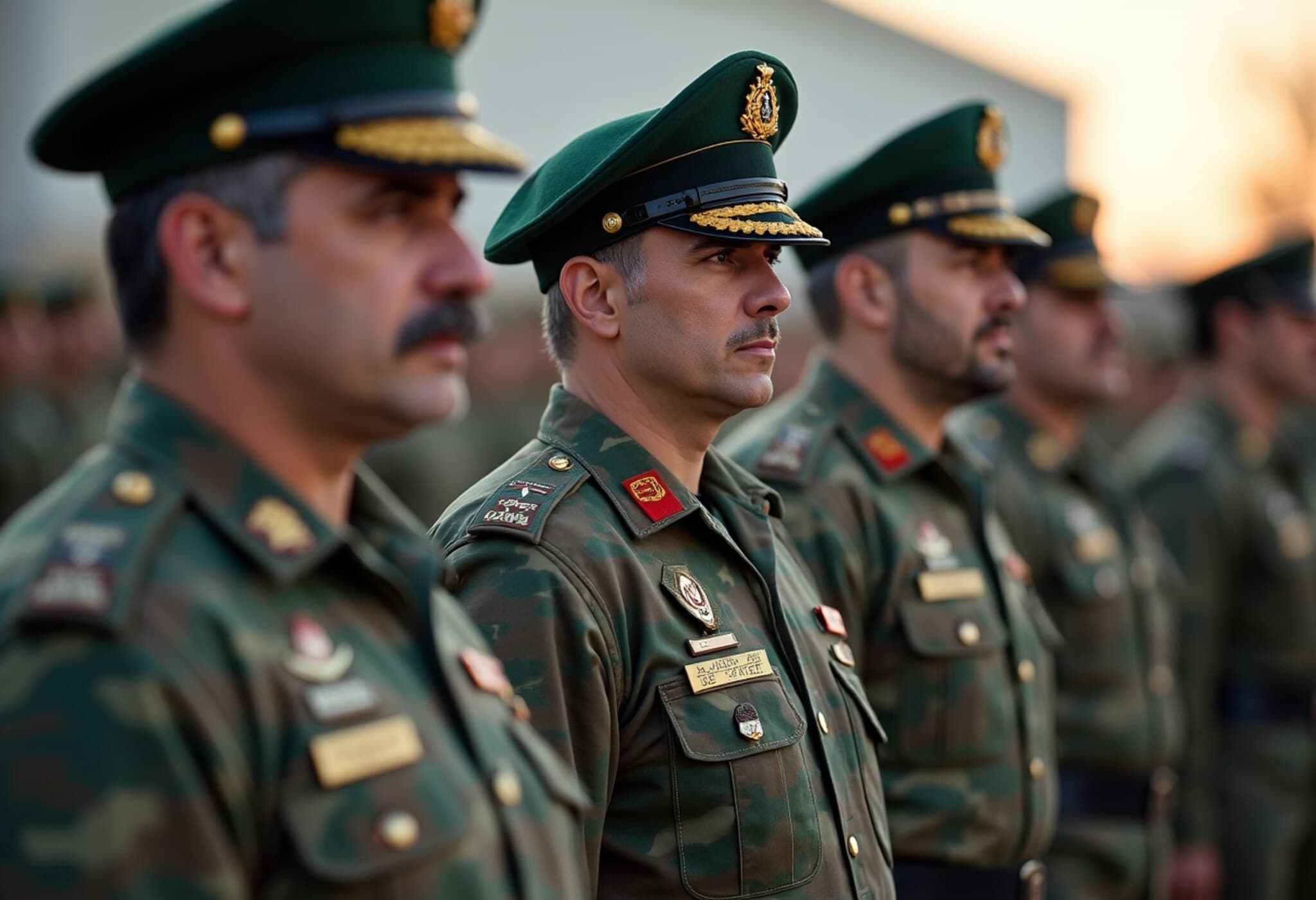Inside Israel's Methodical Approach to Weakening Iran Before the June 13 Assault
On June 13, 2025, Israel launched its most significant direct military strike against Iran to date. While the sudden barrage of missiles captured global headlines and sent oil prices soaring, much of the groundwork behind this operation went under the radar. This campaign wasn’t a spur-of-the-moment decision but the culmination of months and even years spent carefully eroding Iran’s defensive capabilities.
1. Crippling Iran’s Air Defenses: The October Preemptive Strike
The pivotal move in Israel’s strategic buildup came in late October 2024. The Israeli Air Force conducted a sweeping preemptive strike that targeted Iran’s air defense infrastructure, including its formidable Russian-made S-300 missile systems—critical for high-altitude protection—and newer domestic variants.
Alongside destroying missile batteries, Israel neutralized long-range radar arrays, severely blinding Iran’s ability to detect incoming aerial threats. By the end of October, Iran’s air defenses were largely reduced to short-range systems, ineffective against Israel’s advanced stealth fighters and ballistic missiles.
This crippled state of air defenses gave Israel near-complete air superiority by June, allowing its F-35 stealth jets and air-launched ballistic missiles to strike deep within Iranian territory with minimal resistance. Key nuclear sites, including uranium enrichment facilities confirmed by international agencies, fell within these targeted operations.
2. Dismantling Hezbollah: Eroding Iran’s Proxy Shield
Equally impactful was Israel’s systematic campaign to incapacitate Hezbollah, Iran’s powerful Lebanese proxy. Traditionally, any Israeli action against Iran would trigger swift Hezbollah retaliation, but by mid-2025, Hezbollah was militarily hollowed out and politically fragile.
This decline accelerated after Israel’s intense strikes in Lebanon following the 2023 Hamas attack, specifically targeting Hezbollah’s missile stockpiles and leadership. Notably, the group’s long-standing leaders, including Secretary-General Hassan Nasrallah and his deputy, fell victim to precise operations.
Furthermore, the disruption extended to Hezbollah’s supply lines. The collapse of the Assad regime and the subsequent Syrian government crackdown, aided by Saudi mediation, effectively sealed the overland corridors Iran relied on to funnel arms and funds. Lebanon’s strengthened state control further restricted Iranian weapon transfers, with arms flights suspended and disarmament conditions enforced by international allies.
These combined pressures left Hezbollah sidelined and incapable of coordinating a multi-front response, stripping Iran of a major defensive buffer in the region.
3. Mossad’s Covert Sabotage: The Hidden Layer of War
Beyond the visible bombardments, Israel waged a shadowy war within Iran’s borders. The intelligence wing, Mossad, orchestrated a series of covert operations targeting Iran’s missile manufacturing sites and nuclear program. Several mysterious explosions in early 2025 devastated key ballistic missile factories, significantly undermining Iran’s second line of defense.
Senior figures in Iran’s nuclear establishment were also systematically eliminated, creating leadership voids and slowing technological progress. This campaign aimed not just to damage infrastructure, but to sow confusion and disrupt the continuity of Iran’s defense programs.
Despite Iran’s possession of thousands of ballistic missiles, the sabotage severely hampered production and assembly lines, diminishing their capacity to mount sustained retaliatory strikes.
A Calculated Strategy Culminates in June
The June 13 operation was no impulsive strike. It was the final act in a carefully executed blueprint to neutralize Iran’s defense systems on multiple fronts. By disabling air defenses months earlier, dismantling Hezbollah’s operational capability, and covertly sabotaging missile and nuclear assets, Israel ensured it could conduct its offensive with maximum force and minimal risk.
This multilayered approach created the strategic conditions necessary for an impactful strike, fundamentally shifting the regional power dynamic and underscoring the intricate planning behind modern military engagements.


